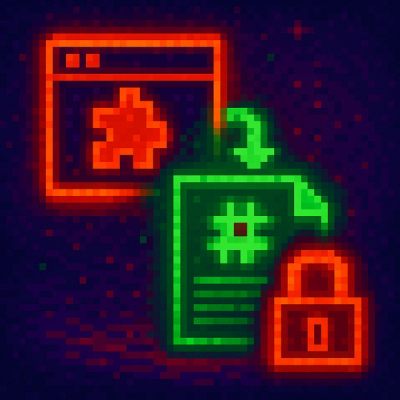PufferGrid
PufferGrid is a fast GridWorld engine for Reinforcement Learning implemented in Cython.
Features
- High-performance grid-based environments
- Customizable actions, events, and observations
- Easy integration with popular RL frameworks
Installation
You can install PufferGrid using pip or from source.
Using pip
The easiest way to install PufferGrid is using pip:
pip install puffergrid
From Source
To install PufferGrid from source, follow these steps:
-
Clone the repository:
git clone https://github.com/daveey/puffergrid.git
cd puffergrid
-
Build and install the package:
python setup.py build_ext --inplace
pip install -e .
Getting Started
The best way to understand how to create a PufferGrid environment is to look at a complete example. Check out the forage.pyx file in the examples directory for a full implementation of a foraging environment.
Below is a step-by-step walkthrough of creating a similar environment, explaining each component along the way.
Step 1: Define Game Objects
First, we'll define our game objects: Agent, Wall, and Tree.
from puffergrid.grid_object cimport GridObject
cdef struct AgentProps:
unsigned int energy
unsigned int orientation
ctypedef GridObject[AgentProps] Agent
cdef struct WallProps:
unsigned int hp
ctypedef GridObject[WallProps] Wall
cdef struct TreeProps:
char has_fruit
ctypedef GridObject[TreeProps] Tree
cdef enum ObjectType:
AgentT = 0
WallT = 1
TreeT = 2
Step 2: Define Actions
Next, we'll define the actions our agents can take: Move, Rotate, and Eat.
from puffergrid.action cimport ActionHandler, ActionArg
cdef class Move(ActionHandler):
cdef bint handle_action(self, unsigned int actor_id, GridObjectId actor_object_id, ActionArg arg):
cdef class Rotate(ActionHandler):
cdef bint handle_action(self, unsigned int actor_id, GridObjectId actor_object_id, ActionArg arg):
cdef class Eat(ActionHandler):
cdef bint handle_action(self, unsigned int actor_id, GridObjectId actor_object_id, ActionArg arg):
Step 3: Define Event Handlers
We'll create an event handler to reset trees after they've been eaten from.
from puffergrid.event cimport EventHandler, EventArg
cdef class ResetTreeHandler(EventHandler):
cdef void handle_event(self, GridObjectId obj_id, EventArg arg):
cdef enum Events:
ResetTree = 0
Step 4: Define Observation Encoder
Create an observation encoder to define what agents can observe in the environment.
from puffergrid.observation_encoder cimport ObservationEncoder
cdef class ObsEncoder(ObservationEncoder):
cdef encode(self, GridObjectBase *obj, int[:] obs):
cdef vector[string] feature_names(self):
return [
"agent", "agent:energy", "agent:orientation",
"wall", "tree", "tree:has_fruit"]
Step 5: Define The Environment
Finally, we'll put it all together in our Forage environment class.
from puffergrid.grid_env cimport GridEnv
cdef class Forage(GridEnv):
def __init__(self, int map_width=100, int map_height=100,
int num_agents=20, int num_walls=10, int num_trees=10):
GridEnv.__init__(
self,
map_width,
map_height,
0,
[ObjectType.AgentT, ObjectType.WallT, ObjectType.TreeT],
11, 11,
ObsEncoder(),
[Move(), Rotate(), Eat()],
[ResetTreeHandler()]
)
Step 6: Using the Environment
Now that we've defined our environment, we can use it in a reinforcement learning loop:
from puffergrid.wrappers.grid_env_wrapper import PufferGridEnv
c_env = Forage(map_width=100, map_height=100, num_agents=20, num_walls=10, num_trees=10)
env = PufferGridEnv(c_env, num_agents=20, max_timesteps=1000)
obs, _ = env.reset()
for _ in range(1000):
actions = env.action_space.sample()
obs, rewards, terminals, truncations, infos = env.step(actions)
if terminals.any() or truncations.any():
break
print(env.get_episode_stats())
This example demonstrates the core components of creating a PufferGrid environment: defining objects, actions, events, observations, and putting them together in an environment class.
Performance Testing
To run performance tests on your PufferGrid environment, use the test_perf.py script:
python test_perf.py --env examples.forage.Forage --num_agents 20 --duration 20
You can also run the script with profiling enabled:
python test_perf.py --env examples.forage.Forage --num_agents 20 --duration 20 --profile
Contributing
Contributions to PufferGrid are welcome! Please feel free to submit pull requests, create issues, or suggest improvements.



